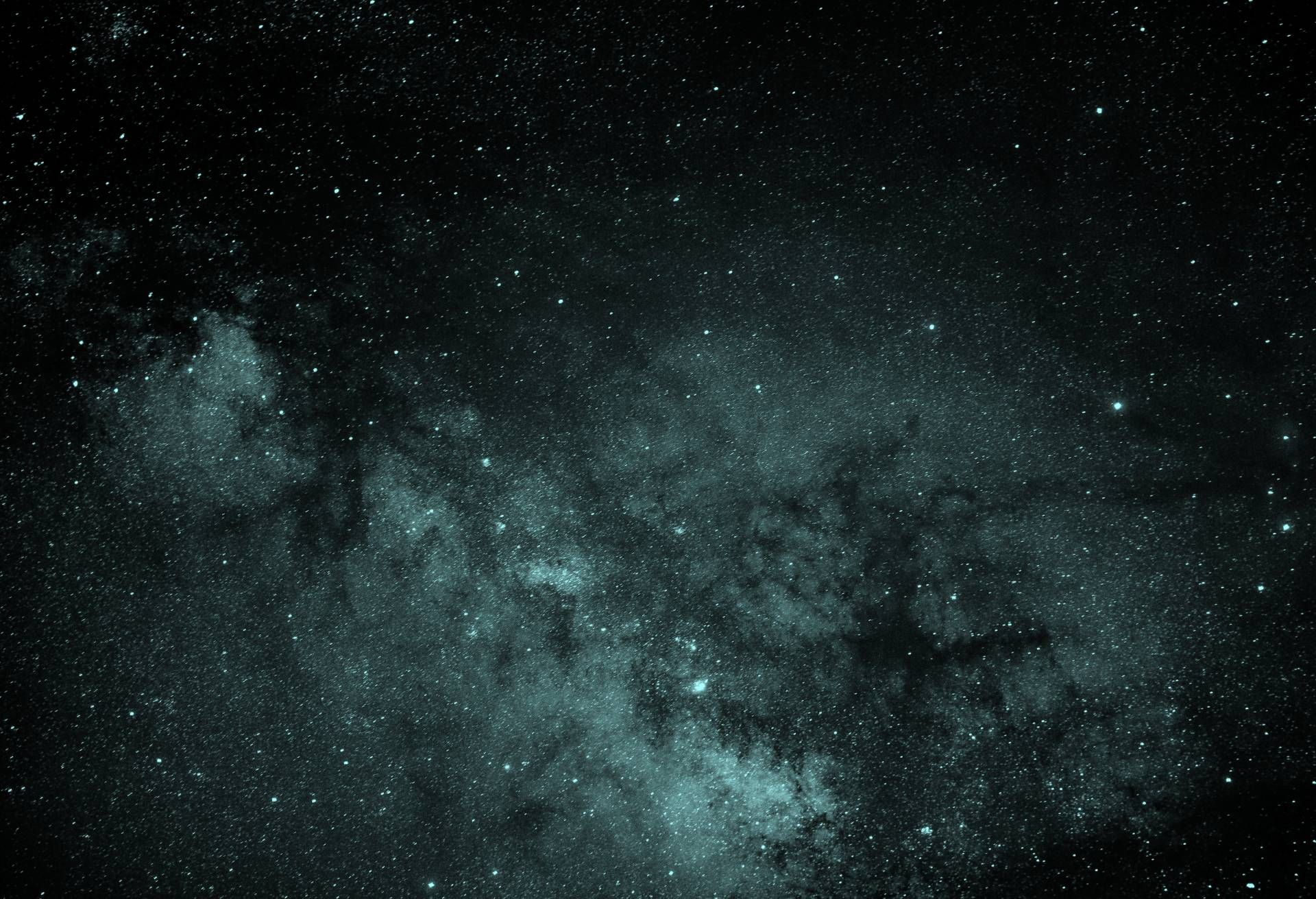The Made and the Born: Neo-Biological civillization, written by Kevin Kelly, excerpt from Out of Control : The New Biology of Machines, Social Systems and the Economic World, Kevin Kelly (1995) Perseus Books Group, ISBN-13: 978-0201483406.
I am sealed in a cottage of glass that is completely airtight. Inside I breathe my exhalations. Yet the air is fresh, blown by fans. My urine and excrement are recycled by a system of ducts, pipes, wires, plants, and marsh-microbes, and redeemed into water and food which I can eat. Tasty food. Good water.
Last night it snowed outside. Inside this experimental capsule it is warm, humid, and cozy. This morning the thick interior windows drip with heavy condensation. Plants crowd my space. I am surrounded by large banana leaves -- huge splashes of heartwarming yellow-green color -- and stringy vines of green beans entwining every vertical surface. About half the plants in this hut are food plants, and from these I harvested my dinner.
I am in a test module for living in space. My atmosphere is fully recycled by the plants and the soil they are rooted in, and by the labyrinth of noisy ductwork and pipes strung through the foliage. Neither the green plants alone nor the heavy machines alone are sufficient to keep me alive. Rather it is the union of sun-fed life and oil-fed machinery that keeps me going. Within this shed the living and the manufactured have been unified into one robust system, whose purpose is to nurture further complexities -- at the moment, me.
What is clearly happening inside this glass capsule is happening less clearly at a great scale on Earth in the closing years of this millennium. The realm of the born -- all that is nature -- and the realm of the made -- all that is humanly constructed -- are becoming one. Machines are becoming biological and the biological is becoming engineered.
That's banking on some ancient metaphors. Images of a machine as organism and an organism as machine are as old as the first machine itself. But now those enduring metaphors are no longer poetry. They are becoming real -- profitably real.
This book is about the marriage of the born and the made. By extracting the logical principle of both life and machines, and applying each to the task of building extremely complex systems, technicians are conjuring up contraptions that are at once both made and alive. This marriage between life and machines is one of convenience, because, in part, it has been forced by our current technical limitations. For the world of our own making has become so complicated that we must turn to the world of the born to understand how to manage it. That is, the more mechanical we make our fabricated environment, the more biological it will eventually have to be if it is to work at all. Our future is technological; but it will not be a world of gray steel. Rather our technological future is headed toward a neo-biological civilization.
Nature has all along yielded her flesh to humans. First, we took nature's materials as food, fibers, and shelter. Then we learned to extract raw materials from her biosphere to create our own new synthetic materials. Now Bios is yielding us her mind - we are taking her logic.
Clockwork logic -- the logic of the machines -- will only build simple contraptions. Truly complex systems such as a cell, a meadow, an economy, or a brain (natural or artificial) require a rigorous nontechnological logic. We now see that no logic except bio-logic can assemble a thinking device, or even a workable system of any magnitude.
It is an astounding discovery that one can extract the logic of Bios out of biology and have something useful. Although many philosophers in the past have suspected one could abstract the laws of life and apply them elsewhere, it wasn't until the complexity of computers and human-made systems became as complicated as living things, that it was possible to prove this. It's eerie how much of life can be transferred. So far, some of the traits of the living that have successfully been transported to mechanical systems are: self-replication, self-governance, limited self-repair, mild evolution, and partial learning. We have reason to believe yet more can be synthesized and made into something new.
Yet at the same time that the logic of Bios is being imported into machines, the logic of Technos is being imported into life.
The root of bioengineering is the desire to control the organic long enough to improve it. Domesticated plants and animals are examples of technos -- logic applied to life. The wild aromatic root of the Queen Anne's lace weed has been fine-tuned over generations by selective herb gatherers until it has evolved into a sweet carrot of the garden; the udders of wild bovines have been selectively enlarged in a "unnatural" way to satisfy humans rather than calves. Milk cows and carrots, therefore, are human inventions as much as steam engines and gunpowder are. But milk cows and carrots are more indicative of the kind of inventions humans will make in the future: products that are grown rather than manufactured.
Genetic engineering is precisely what cattle breeders do when they select better strains of Holsteins, only bioengineers employ more precise and powerful control. While carrot and milk cow breeders had to rely on diffuse organic evolution, modern genetic engineers can use directed artificial evolution -- purposeful design -- which greatly accelerates improvements.
The overlap of the mechanical and the lifelike increases year by year. Part of this bionic convergence is a matter of words. The meanings of "mechanical" and "life" are both stretching until all complicated things can be perceived as machines, and all self-sustaining machines can be perceived as alive. Yet beyond semantics, two concrete trends are happening: (1) Human-made things are behaving more lifelike, and (2) Life is becoming more engineered. The apparent veil between the organic and the manufactured has crumpled to reveal that the two really are, and have always been, of one being. What should we call that common soul between the organic communities we know of as organisms and ecologies, and their manufactured counterparts of robots, corporations, economies, and computer circuits? I call those examples, both made and born, "vivisystems" for the lifelikeness each kind of system holds.
In the following chapters I survey this unified bionic frontier. Many of the vivisystems I report on are "artificial" -- artifices of human making -- but in almost every case they are also real -- experimentally implemented rather than mere theory. The artificial vivisystems I survey are all complex and grand: planetary telephone systems, computer virus incubators, robot prototypes, virtual reality worlds, synthetic animated characters, diverse artificial ecologies, and computer models of the whole Earth.
But the wildness of nature is the chief source for clarifying insights into vivisystems, and probably the paramount source of more insights to come. I report on new experimental work in ecosystem assembly, restoration biology, coral reef replicas, social insects (bees and ants), and complex closed systems such as the Biosphere 2 project in Arizona, from wherein I write this prologue.
The vivisystems I examine in this book are nearly bottomless complications, vast in range, and gigantic in nuance. From these particular big systems I have appropriated unifying principles for all large vivisystems; I call them the laws of god, and they are the fundamentals shared by all self-sustaining, self-improving systems.
As we look at human efforts to create complex mechanical things, again and again we return to nature for directions. Nature is thus more than a diverse gene bank harboring undiscovered herbal cures for future diseases -- although it is certainly this. Nature is also a "meme bank," an idea factory. Vital, postindustrial paradigms are hidden in every jungly ant hill. The billion-footed beast of living bugs and weeds, and the aboriginal human cultures which have extracted meaning from this life, are worth protecting, if for no other reason than for the postmodern metaphors they still have not revealed. Destroying a prairie destroys not only a reservoir of genes but also a treasure of future metaphors, insight, and models for a neo-biological civilization.
The wholesale transfer of bio-logic into machines should fill us with awe. When the union of the born and the made is complete, our fabrications will learn, adapt, heal themselves, and evolve. This is a power we have hardly dreamt of yet. The aggregate capacity of millions of biological machines may someday match our own skill of innovation. Ours may always be a flashy type of creativity, but there is something to be said for a slow, wide creativity of many dim parts working ceaselessly.
Yet as we unleash living forces into our created machines, we lose control of them. They acquire wildness and some of the surprises that the wild entails. This, then, is the dilemma all gods must accept: that they can no longer be completely sovereign over their finest creations.
The world of the made will soon be like the world of the born: autonomous, adaptable, and creative but, consequently, out of our control. I think that's a great bargain.
Read further at Kevin Kelly's website or buy the book at Amazon.



Comments (0)
Share your thoughts and join the technology debate!
No comments yet
Be the first to share your thoughts!